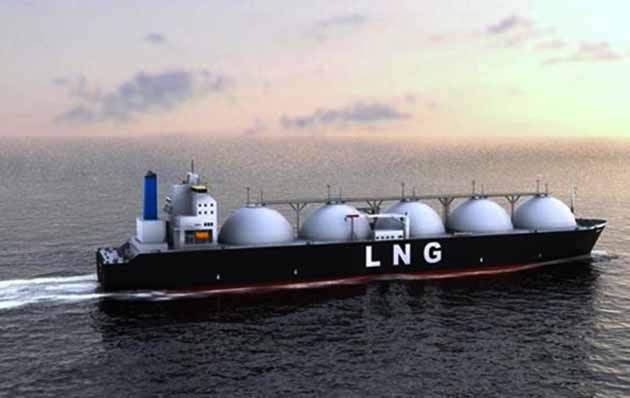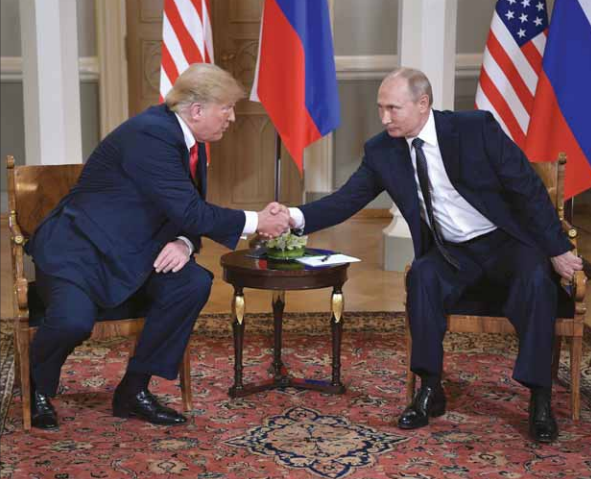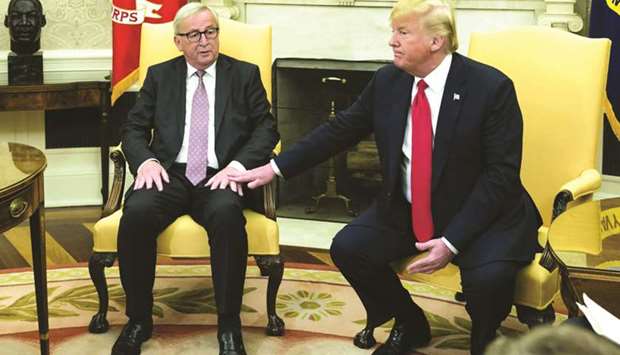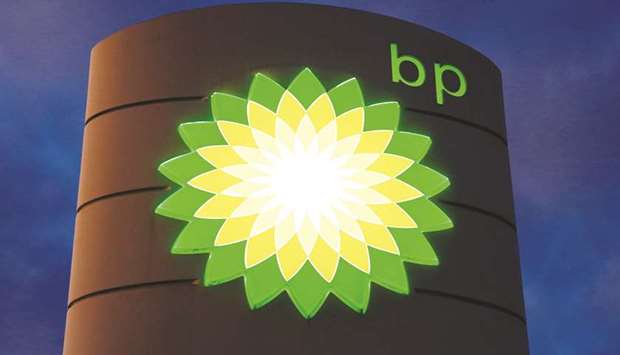LNG becomes more volatile on heat wave, Trump’s trade war: Russell

LAUNCESTON, Australia, July 30 (Reuters) – Prices for spot cargoes of liquefied natural gas (LNG) in top-consuming region Asia have become more volatile amid a northern hemisphere heat wave, China’s switch to cleaner fuels and a side-helping of Donald Trump-inspired trade disruptions.
The spot LNG price LNG-AS for September delivery in North Asia rose to $9.75 per million British thermal units (mmBtu) in the week to July 27, the first increase in six weeks.
Soaring temperatures in Japan and South Korea were behind the move higher, as utilities ramped up electricity output to meet demand for air-conditioning. Japan even resorted to restarting old and dirty oil-fired power plants, in addition to boosting natural gas generation.
The spot price reached $11.60 per mmBtu in mid-June, an unusual occurrence as it meant the peak summer price exceeded that for the previous winter for the first time since 2012.
LNG has a seasonal pattern, with the peak price usually occurring in the northern winter, followed by a lower high in summer and troughs in autumn and spring.
The mid-June price peak was built on strong demand from China, the world’s No. 2 importer, whose rapid growth took it past South Korea last year, although it still has some way to go to dislodge Japan from the top spot.
Some supply outages at the same time in major producer Australia, as well as Malaysia and the United States, also drove prices higher in June.
While the spot price has shifted up a gear, the extra demand has yet to show up in trade flows.
Northeast Asia, which includes the three top LNG buyers of Japan, China and South Korea, is on track to import around 14.2 million tonnes of LNG in July, according to vessel-tracking and port data compiled by Thomson Reuters.
This would be largely steady to June’s 14.8 million tonnes and 14.5 million tonnes in July last year.
JAPAN DRIVING DEMAND
Looking at the breakdown by country shows Japan on track to import about 6.4 million tonnes in July, up from June’s 6.03 million, but below last July’s 7.1 million.
China will import around 3.85 million tonnes in July, down a tad from June’s 3.95 million, but up from 2.91 million in July of 2017.
South Korea’s July imports are headed for 2.5 million tonnes, a 26 percent slump from June’s 3.4 million and also well below the 3 million from July a year ago.
While China is still posting large year-on-year gains, it seems current demand for LNG is largely being driven by Japan.
The dynamics of LNG flows are also shifting, partly as a result of U.S. President Donald Trump’s escalating trade dispute with China.
While trade in LNG isn’t restricted in any way as yet, it seems China is quietly discouraging its major oil and gas companies from buying from the United States.
Only two cargoes arrived China in July from the United States, carrying just 0.13 million tonnes of the super-chilled fuel.
This was an unchanged number of cargoes from June, but down on five vessels that arrived in May, and well below seven that unloaded in January this year.
The winner in China is Australia, with imports totalling to 12.4 million tonnes in the first seven months of the year, up from 9.1 million tonnes in the same period last year.
Australia has also upped its shipments to Japan, with 15.9 million tonnes arriving in the first seven months, up from 14.6 million in the same period in 2017.
U.S. LNG suppliers have had some success in shipping to Asian countries other than China, with Japan taking three cargoes in July, down from four in June and level with May.
South Korea brought in four U.S. cargoes in July, the same number as June and down from five in May.
But with Chinese demand for U.S. LNG under a cloud, it’s likely that U.S. producers will have to offer more competitive prices to other buyers in Asia, or perhaps in Europe.
This may prompt changes in the way LNG producers such as Qatar and Australia market spot cargoes, increasing volatility in a market that has shifted from being fairly predictable to one characterised by quicker and larger price swings.









